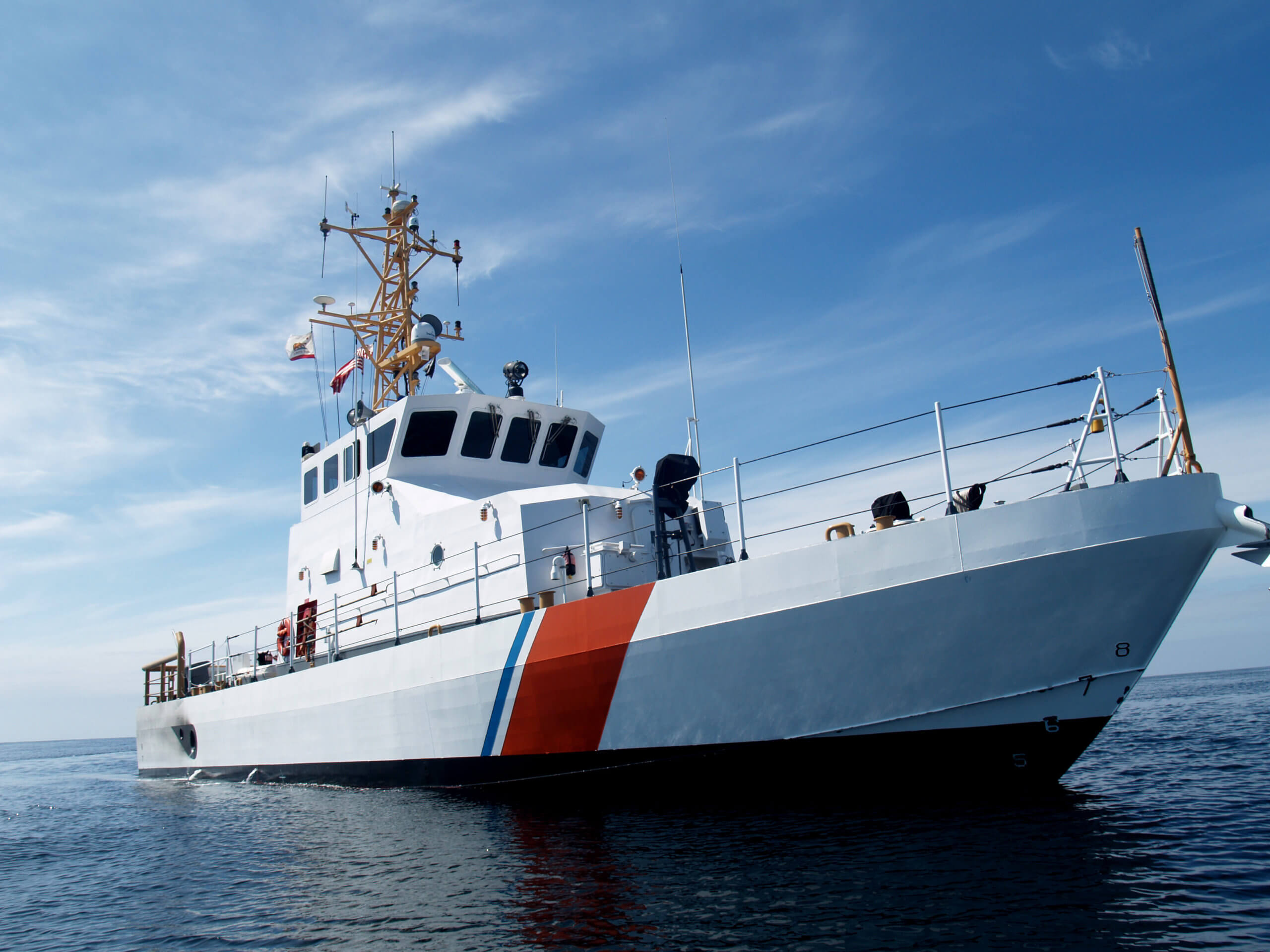Preventing A Collision At Sea, Part V

While many of our readers will head out to the canyons for the great pelagic fish — sharks of many stripes and sizes — I feel safe in saying that most of our readers fish in the creeks, bays, and inlets. Here are techniques of avoiding collisions with an emphasis on narrow channels.
Rule 7 – Determining The Risk Of Collision
Have you ever walked across an office or plaza and, out of the corner of your eye, see someone you can just tell is going to collide with you unless you or he/she speeds up or slows down? How can you tell? Well, you weren’t born yesterday – you could tell because everything in the background and around you were changing except the angle between you and the other person. Child’s play! So why do boats collide?
In close quarters, it is easy to see that the angle between you and another person is a constant. On the open water, it may be a considerable distance to other points of reference, such as land behind the other boat. When distances are great, measuring the angles in your mind’s eye is just too unreliable to be of any value. But you don’t need to use a distant object. Use your boat!
Sight the other vessel over an object on your boat — a stanchion of the bow rail is handy. If the other boat keeps a constant relationship, a “constant bearing” in maritime lingo, collision is certain! Rule 7 specifically says that you must use “all available means” to make that determination. If you have radar, use it. But a simple bow-rail stanchion will be as reliable as any computer or radar on the market. Constant bearing means collision!
Rule 8 – Action To Avoid Collision
How many times in your life have you walked up to someone who was walking in the opposite direction and you both did the “stutter step” — you turn to your right just as they turn to their left so you both stop — and then you both reverse courses simultaneously over and over again? Finally, you both stop stutter stepping and wave the other past.
We’ve written earlier about the “stand-on” (hold course and speed) and “give-way” (take early and substantial action to keep clear) vessels. Rules 13 (overtaking), 14 (head-on), and 15 (crossing) are all about these obligations. So, what is Rule 8 about? Your stand-on and collision is still possible. Now what?
The give-way vessel must take early and substantial action to keep clear. Given that, changing course is easier to telegraph as a move versus just slowing down. Unless you come to a dead stop — the bow wave flattens, the bow itself dips down/forward, and the boat settles on her waterline — the stand-on skipper may not be sure of your intentions. But, imagining that you are the stand-on vessel and the give-way is not telegraphing a proper action to avoid a collision, you must assume one is imminent, and, having applied Rule 7, start to take your independent action.
You never hesitate to use your horn in the car. Why would you hesitate in your boat? You may give five or more short blasts to try to get that skipper to port (you are on his right) to wake up and at least throttle back.
You may take any action yourself regarding the boating’s heading — except turning toward port when the offending vessel is on your port side (see “stutter step” above).
If collision seems imminent unless you do something, you must do something. Blast away on the horn and “take the most effective action” to avoid the collision. Coming to a dead stop may be best. Turning to go in the same direction is also an option. Use your best judgment. I’d say to try to come to a dead stop first since the combined velocity is lessened if both of us aren’t going 20 knots at crunch time.
Rule 9 – In A Narrow Channel
A channel is defined as narrow when boats in it are severely limited in room to maneuver — such as between nun-26 and can-27 near the Moriches Coast Guard Station or between nun-6 and can-5 in the narrows or the easterly edge of the channel from 6W and 7W in the West Cut of the Moriches Inlet, etc.
So, stay as far to the starboard side of the channel as possible. If both skippers do, it normally opens a safe passage. Don’t anchor in the narrow channel. In any event, it is a violation of federal regulations to anchor in any channel or tie up to any federal buoy.
Do not cross the channel if it will interfere with a vessel that, by the nature of its draft, is confined to it. Rule 9(b) specifically states that “a vessel less than 20 meters (about 60 feet) in length shall not impede the passage of a vessel which can safely navigate only within the narrow channel or fairway.” In contrast, a large vessel should not try to pass a smaller vessel in a narrow channel as the hydrodynamic effects caused by the larger displacement and the suction of her propellers will pull the smaller vessel into the larger one. That would be a very bad day.
If interested in being part of United States Coast Guard forces, email JoinUSCGAux@aol.com.



